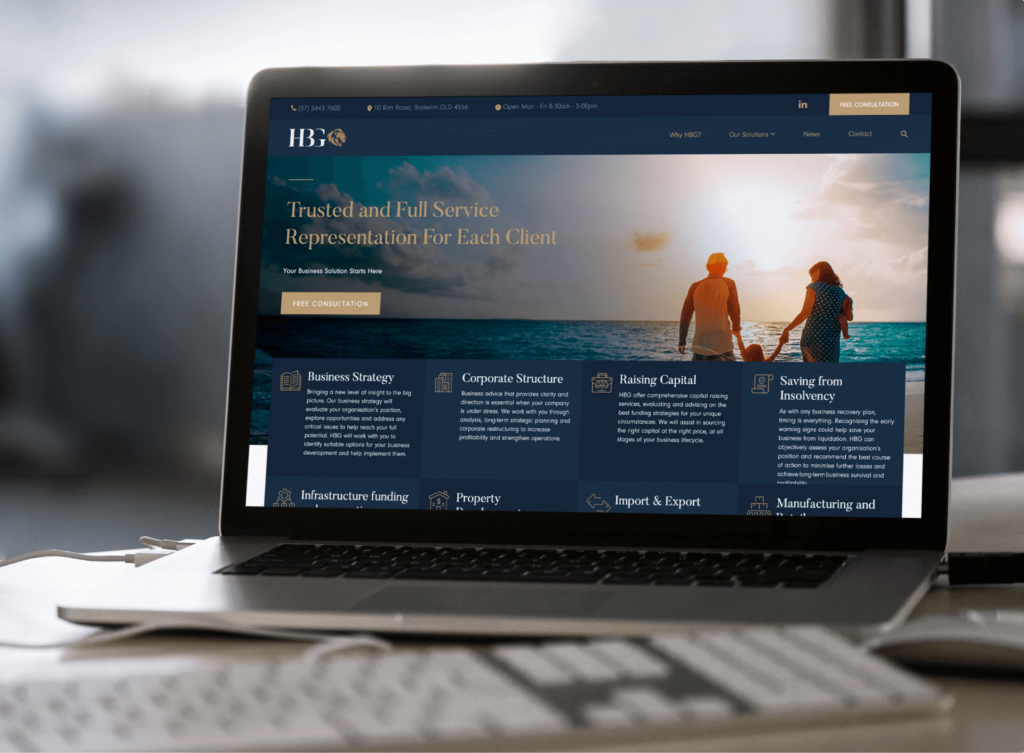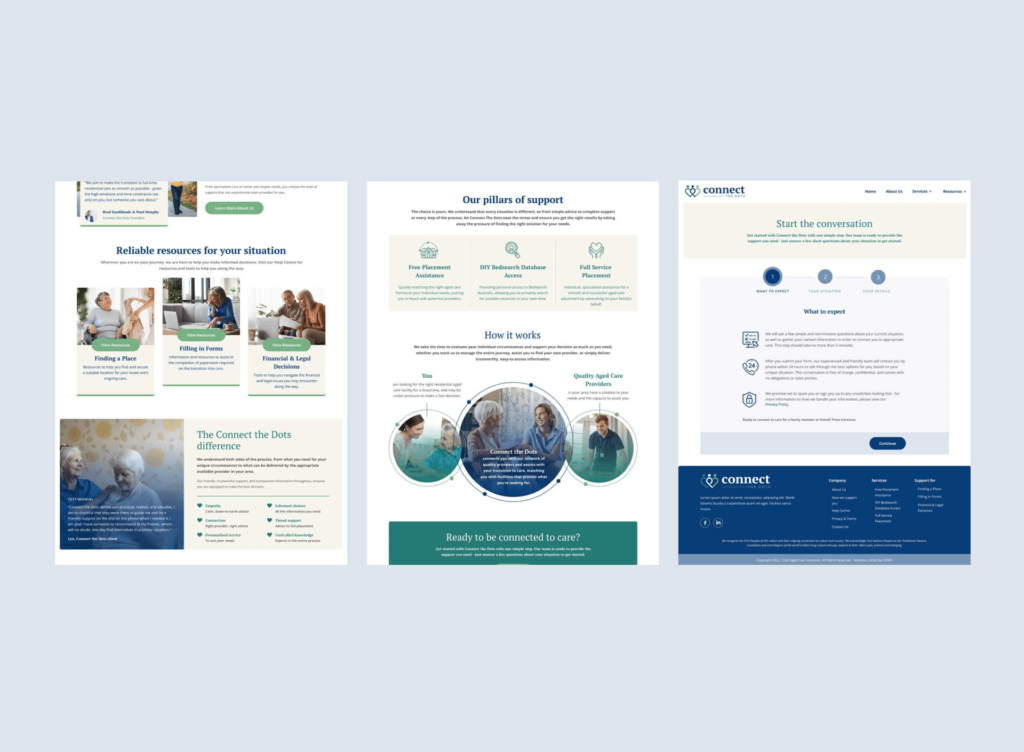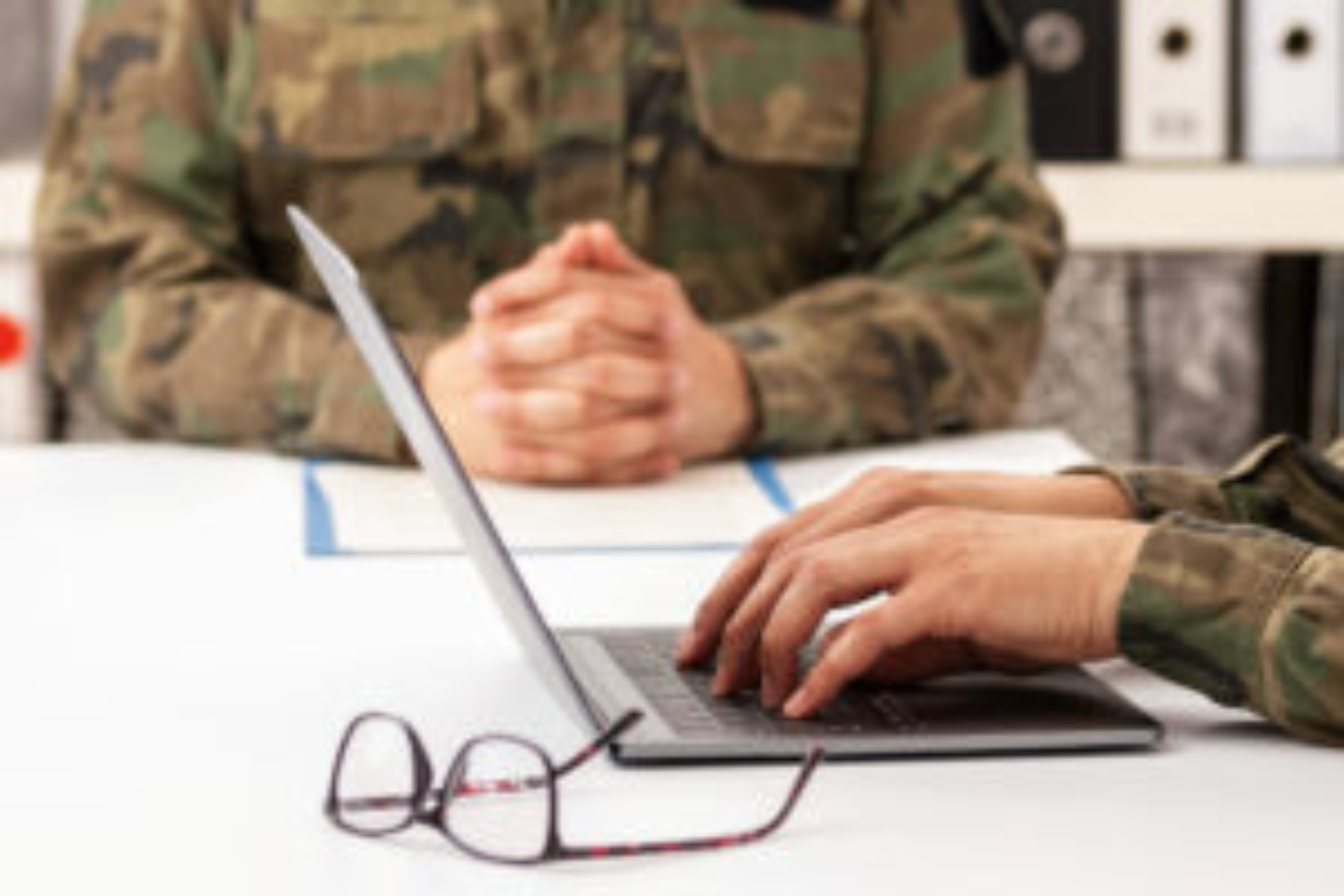In the world of web design, the marriage of words and images creates a dynamic relationship that is essential for conveying information, capturing attention and delivering a memorable user experience.
Together, they form a powerful duo that shapes the narrative, engages emotions and enhances the overall aesthetic appeal of a website. In this blog post, we explore the symbiotic relationship between words and images in web design and how they work together to captivate audiences and convey messages effectively.

Words and images collaborate to communicate information in a way that words alone cannot achieve.
Text provides detailed descriptions, explanations and context, while images offer visual representations and examples.
By combining these elements, websites can present information comprehensively, ensuring users grasp concepts quickly and accurately.
Images hold the power to capture attention and create visual appeal on a website.
They add visual interest, evoke emotions and make a website visually enticing. When thoughtfully placed and aligned with relevant text, images become powerful attention-grabbers, encouraging users to explore further and engage with the content.

Words and images work hand in hand to establish and reinforce a brand’s identity.
While visuals, such as logos and unique design elements, create a distinct visual brand identity, text elements like taglines, headlines and slogans complement the imagery to convey the brand’s message, personality and values. Together, they create a cohesive visual representation of the brand.
Images can evoke emotions and tell stories instantly.
They can capture a mood, convey an idea, or elicit an immediate emotional response. Words, on the other hand, provide additional context, narrative and storytelling elements.
The harmonious combination of words and images creates a multidimensional experience, immersing users in a compelling visual narrative.

The relationship between words and images is crucial for creating an inclusive web experience.
Descriptive alt text, captions and labels associated with images provide valuable information for users with visual impairments or those utilising assistive technologies.
These text elements ensure that everyone can understand and engage with the content effectively.
Words and images collaborate to establish visual hierarchy and enhance scannability.
By utilising headings, subheadings and other text formatting techniques, designers can guide users’ attention and prioritise information.
Images can be strategically placed to complement the text and reinforce the content hierarchy, making it easier for users to navigate and absorb the content.

Images play a pivotal role in illustrating and supporting textual content.
Charts, diagrams, infographics and illustrations break down complex concepts, making them more accessible to users. When combined with explanatory text, images enhance comprehension and create a richer learning experience, ensuring users grasp information more effectively.
In the realm of web design, words and images form an inseparable duo, working together to create visually captivating, informative and engaging websites.
Their dynamic relationship enhances communication, evokes emotions and guides users through a memorable digital experience. By harnessing the power of this powerful duo, web designers can create websites that leave a lasting impression, effectively convey messages and forge meaningful connections with their audiences.




